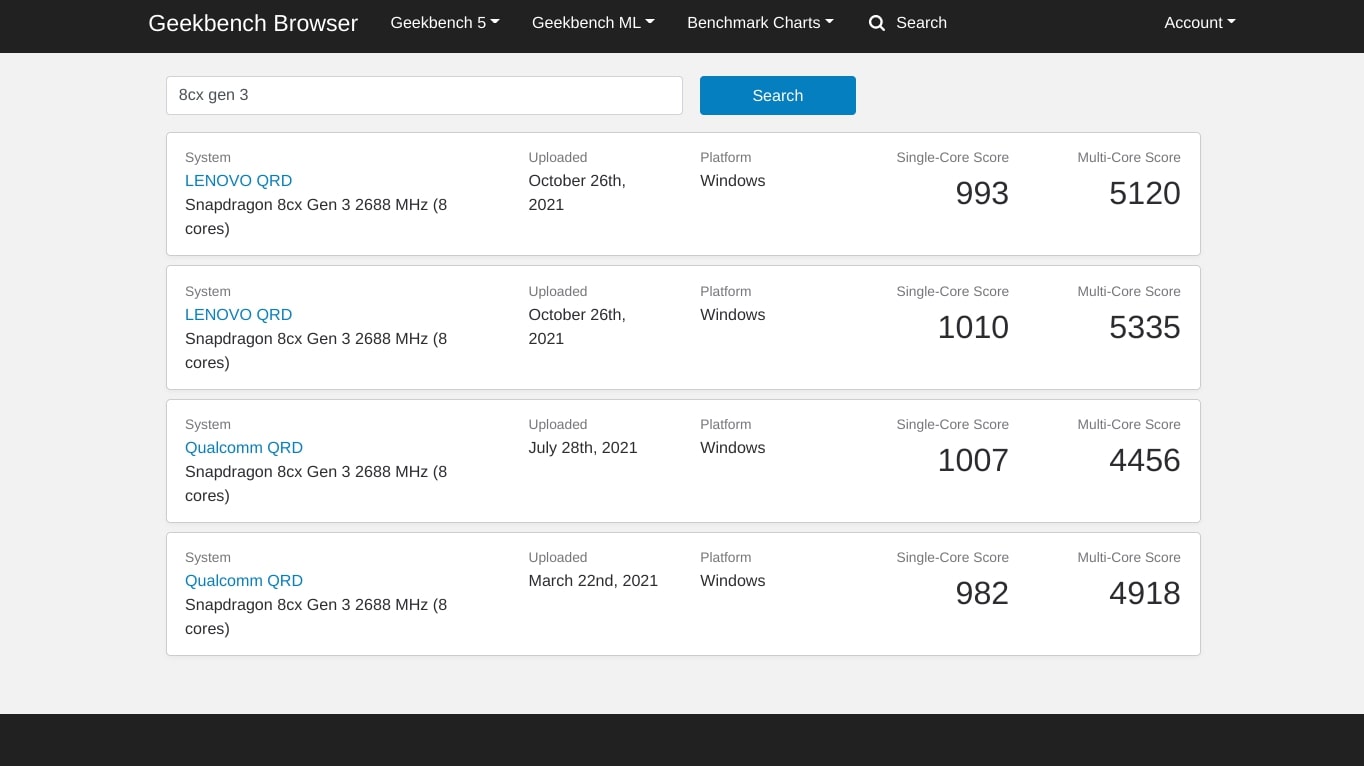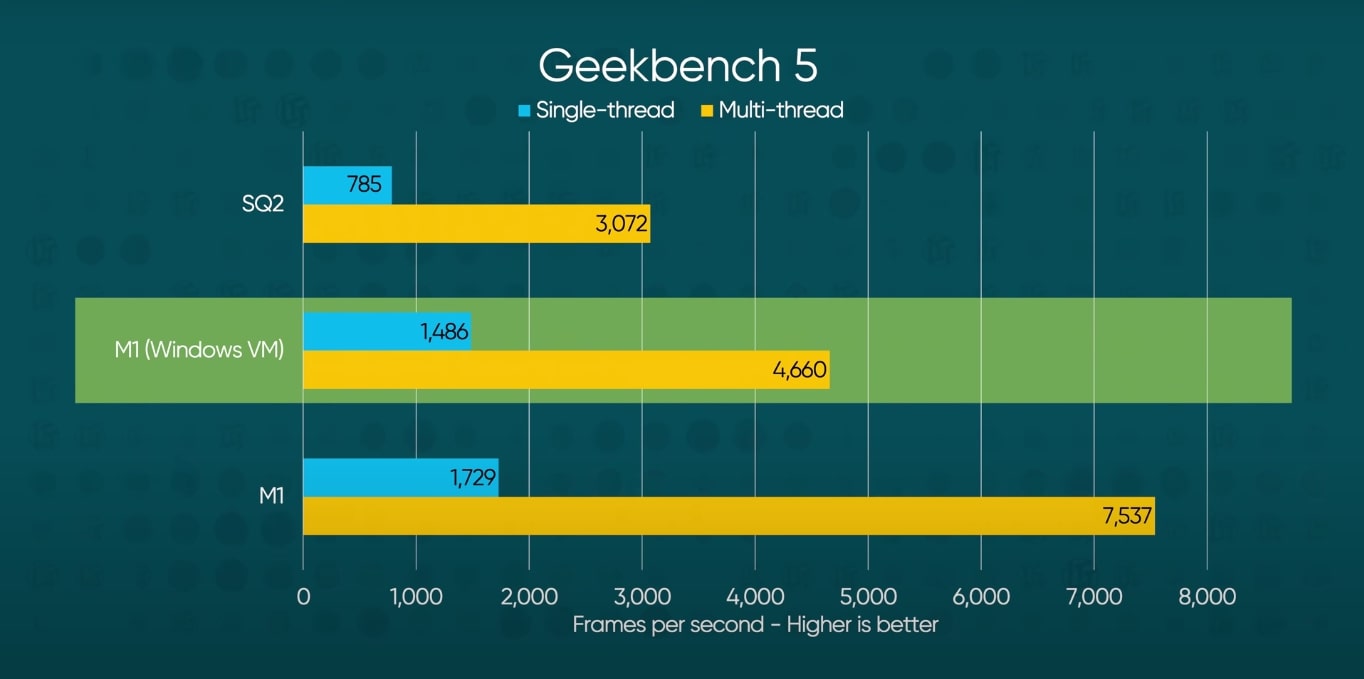Affiliate links on Android Authority may earn us a commission. Learn more.
Qualcomm’s new PC chips are good, but they still can’t match Apple’s M1
Published onDecember 1, 2021
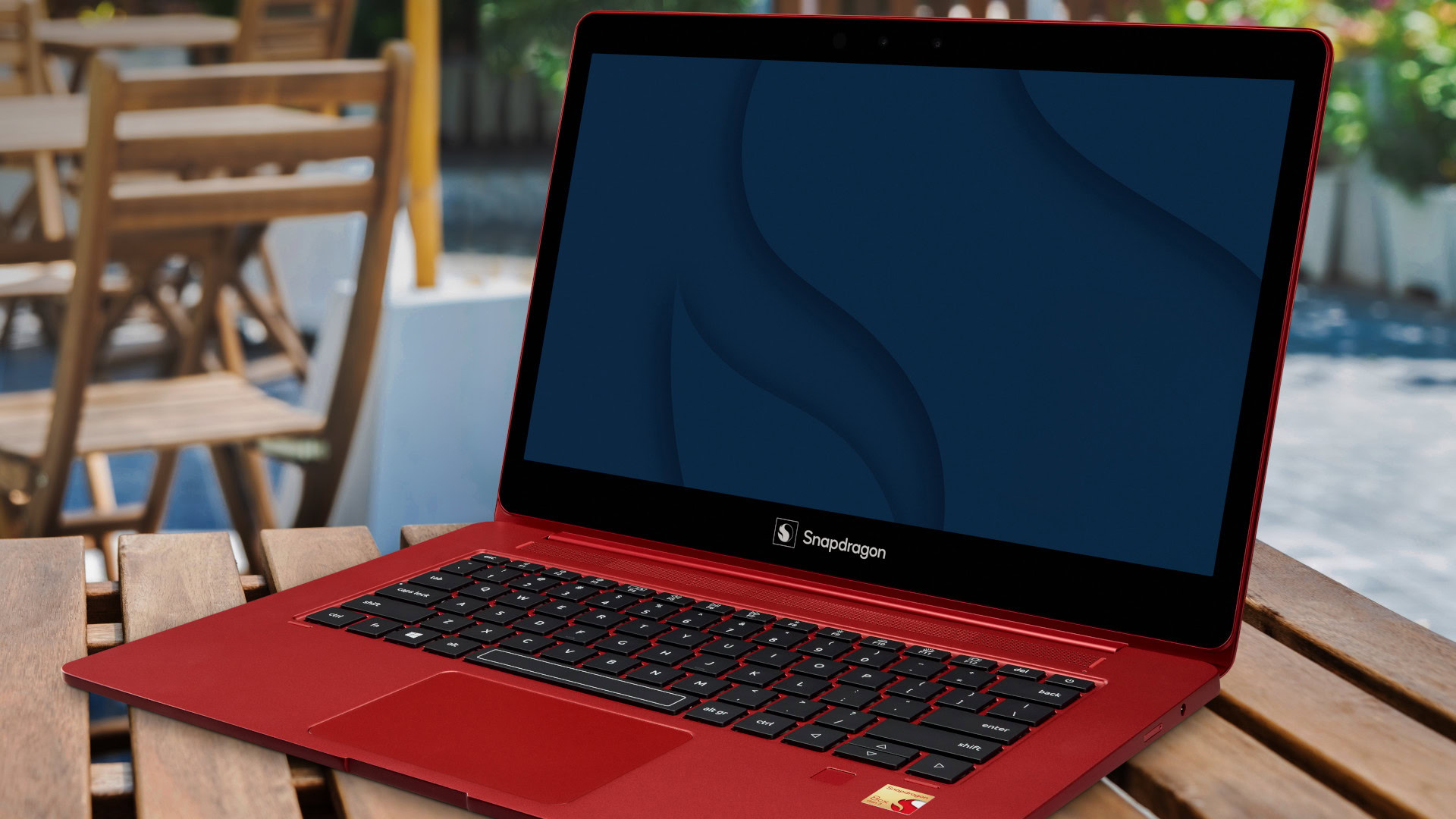
On day two of the 2021 Snapdragon Tech Summit, Qualcomm unveiled a new set of Arm-based SoCs destined for laptops and detachable computers. The Snapdragon 8cx Gen 3 is the company’s new high-end offering, while the Snapdragon 7c Plus Gen 3 is aimed squarely at the entry-level segment. Devices with these chips are expected to arrive sometime in the first half of 2022.
In the past, we’ve seen the Snapdragon 8cx platform make its way to Windows devices such as the Galaxy Book Go and the Surface Pro X. The entry-level 7c, meanwhile, has started to become a popular choice for mid-range ChromeOS devices such as the recently released Lenovo Duet 5 and HP X2 11.
Qualcomm’s latest chips promise to deliver double-digit performance gains over the previous generation, along with a few improvements on the connectivity and AI front. On the surface, this seems really promising, but if you’re wondering how the new flagship Windows on Arm chip stacks up against the competition, the answer is a bit complicated.
How powerful are the new Snapdragon Compute chips?
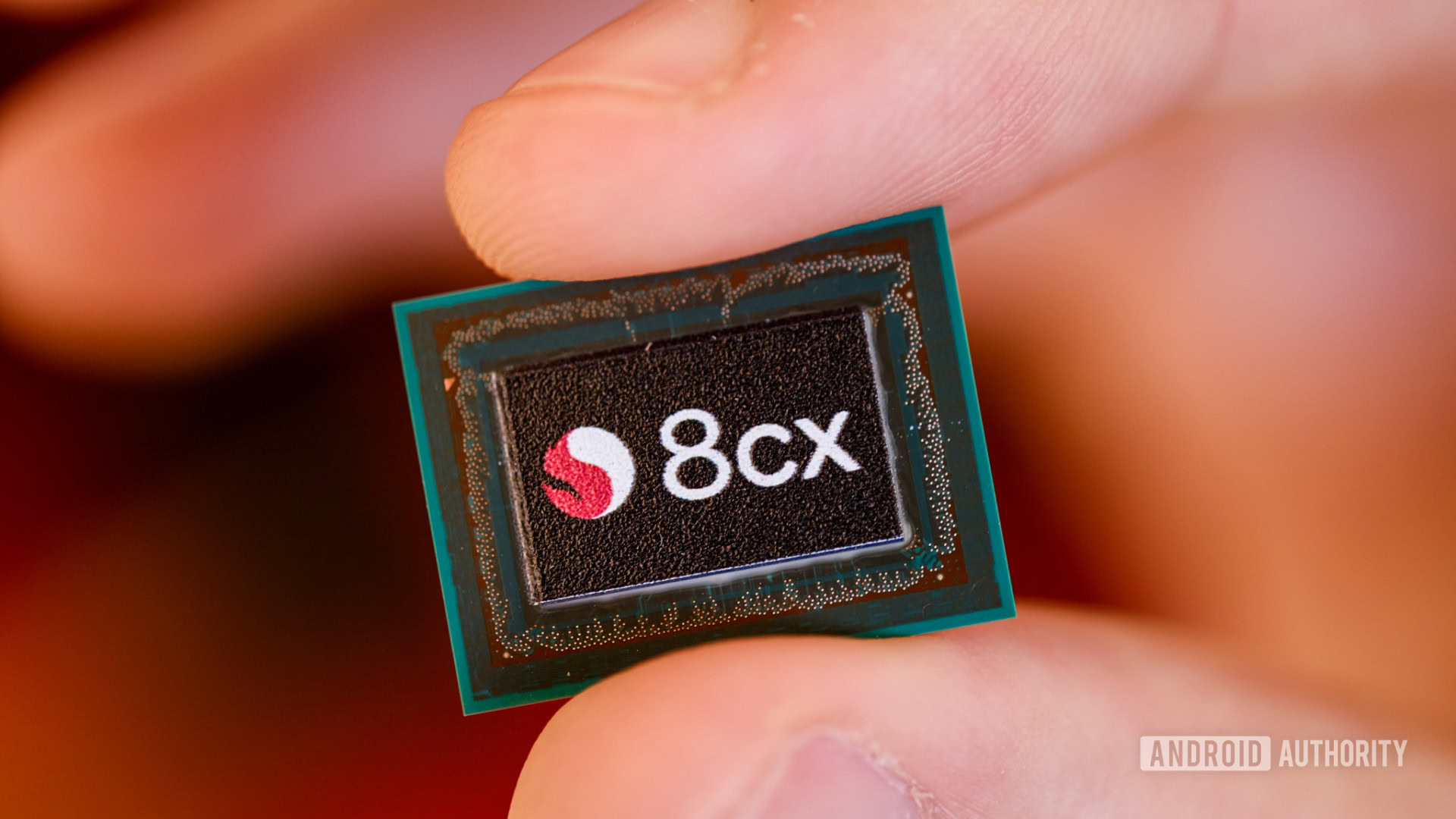
Similar to last year’s refresh, the Snapdragon 8cx Gen 3 is an incremental upgrade over the previous generation. Still, the company is touting a sizable jump in performance and efficiency. More specifically, Qualcomm says that the updated Kryo cores work to deliver a 40% boost in single-core CPU performance and an even more impressive 85% boost in multi-core. The new Adreno GPU, on the other hand, offers a 60% generational uplift.
The lower-end Snapdragon 7c+ Gen 3 offers a more modest 60% jump in multi-core CPU performance, and 30% in single-core workloads. The GPU gets a meaningful 70% boost as well.
The new Snapdragon PC chips use more modern manufacturing processes, allowing them to achieve big leaps in performance and efficiency.
Qualcomm says the 8cx Gen 3 is manufactured on the 5nm process node, which suggests that it uses Arm’s Cortex-X1 cores or a modified Kryo 680 design — not the newer Arm Cortex-X2. In that respect, it seems similar to the Snapdragon 888, its previous flagship mobile SoCs. Still, the decision to move away from 7nm should mean better performance per watt. But just how powerful is this new high-end chip?
In terms of CPU performance, last year’s Snapdragon 8cx Gen 2 went toe-to-toe with ultrabook-class chips such as the low-power, 15W variant of the Intel i5 processor. That was a fairly decent showing from Qualcomm, especially considering that the Snapdragon chip consumed half as much power at 7W.
Going by the numbers quoted this year, you’d expect the latest 8cx Gen 3 to maintain its competitiveness against Intel. And sure enough, leaked Geekbench 5 results have already given us a glimpse of what’s to come. The benchmarks, submitted through internal Qualcomm Reference Design (QRD) test products, show the Snapdragon 8cx Gen 3 achieving an average single-core score of 1,000. The average multi-core score, meanwhile, hovers around 5,000 points.
These numbers are in line with Qualcomm’s claimed 40% single and 85% multi-core improvements over the previous generation. A single-core Geekbench score in the neighborhood of 1,000-1,100 also lines up with what we’d expect from the Cortex X1 core, based on results from devices like the Pixel 6 Pro. Finally, we know that the company used Geekbench scores to arrive at some of these comparative figures internally, lending more credence to these leaked numbers being accurate.
Is the Snapdragon 8cx Gen 3 competitive in 2022?
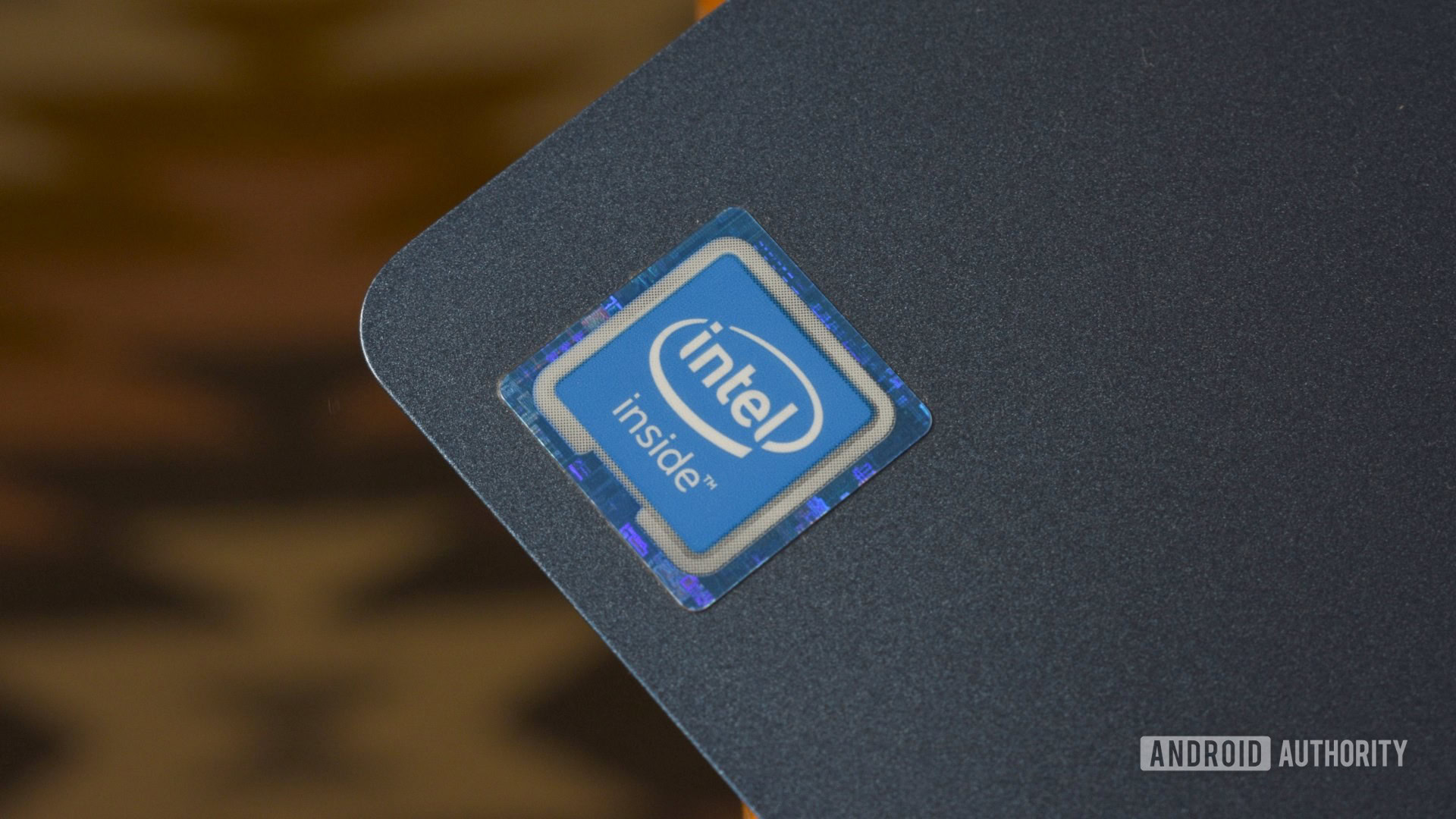
This year’s Intel’s i5-1130G7 — a 15W chip, for context — achieves a single-core Geekbench score of around 1,200 and puts out a multi-core score in the mid-4000s. For another year running then, the Snapdragon 8cx Gen 3 seems to offer equivalent performance in a lower power class. Unfortunately for Qualcomm, however, that victory may be short-lived.
Intel is expected to take the wraps off its long-anticipated Alder Lake mobile processors any day now. This is the first time we’re seeing mainstream x86 processors adopt a hybrid core technology, with discrete performance and efficiency cores. Simply put, Intel hopes to emulate Arm’s big.LITTLE success. The use of efficiency cores should improve performance per watt over previous generations, especially in less demanding scenarios.
See Also: Arm vs x86 — key differences explained
A leaked slide from earlier this year suggests that Intel will introduce a new class of 5W Alder Lake mobile CPUs. With one performance core and four efficiency cores, it’s destined for ultra-portable form factors like tablets. The next power class, dubbed U9, may offer two performance cores and either four or eight efficiency cores, along with a minimum TDP of just 9W.
Alder Lake is also built on Intel’s new Golden Cove microarchitecture. According to the company, it gets an average instructions per cycle (IPC) boost of roughly 19% over the previous generation. The exact figure could be higher or lower depending on the specific application, but it’s enough to suggest a lead over Qualcomm’s Snapdragon 8cx Gen 3.
Qualcomm leads Intel in performance per watt today, but that might change when Alder Lake mobile chips arrive.
Furthermore, devices with the 8cx Gen 3 chip won’t arrive until early 2022. That’s a similar launch window to Alder Lake laptops, which may be announced at CES 2022. So Qualcomm may not benefit from its earlier announcement either.
The Snapdragon 8cx Gen 3 vs. Apple Silicon
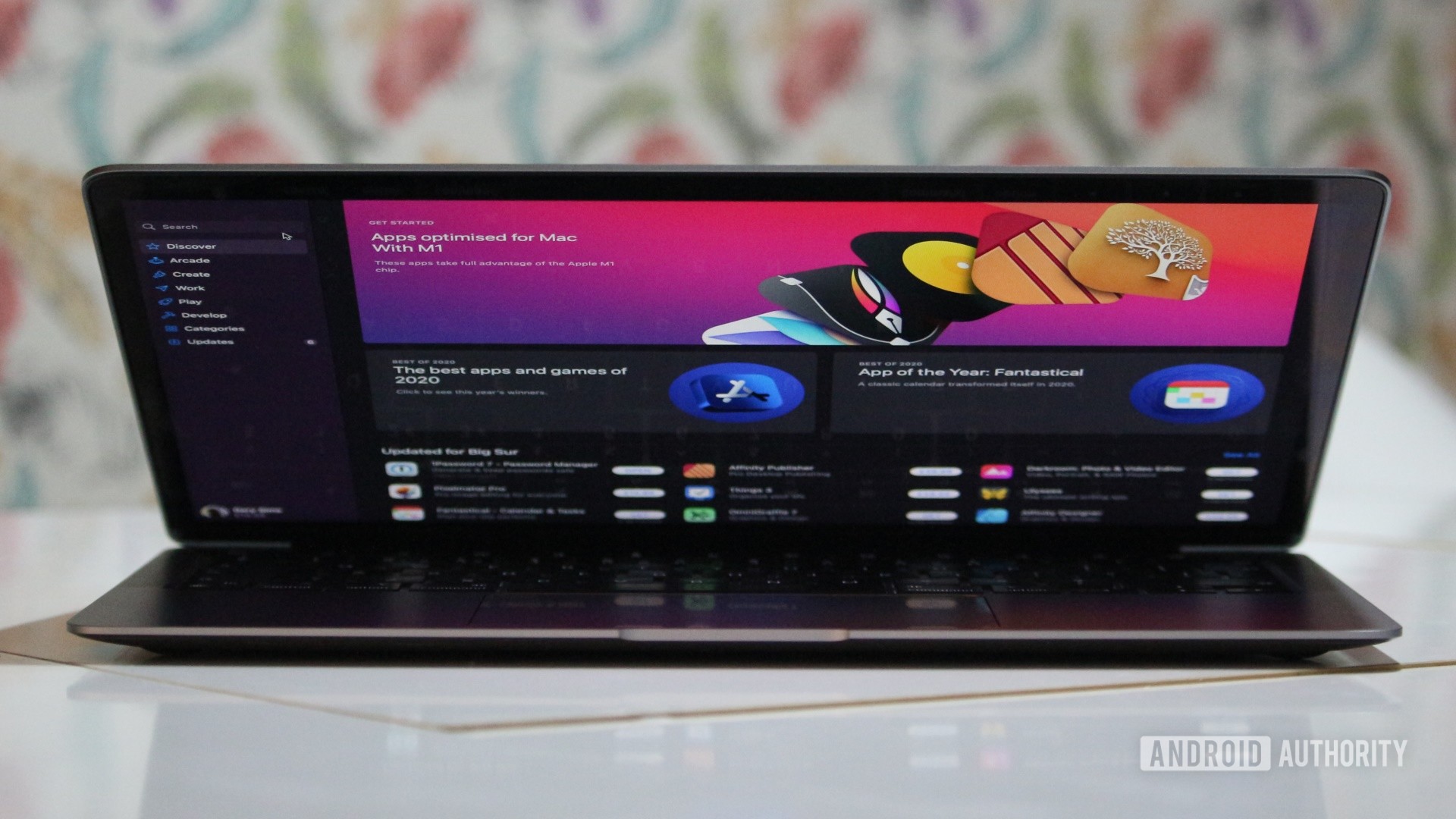
Comparisons against Intel CPUs are important because that’s what the vast majority of Windows laptops use today. However, Intel isn’t the only competitor on Qualcomm’s plate — it also has Apple’s Arm chips such as the M1 to contend with. Unfortunately, Qualcomm’s prospects continue to seem a bit bleak in this department.
The Snapdragon 8cx Gen 3’s leaked 1,000 Geekbench single-core score is still a far cry from the M1’s class-leading 1,700 points. And while the difference in multi-core scores isn’t as stark, there’s still a gap. The Apple M1 averages around 7,700 points versus the Snapdragon chip’s 5,000 score.
In fact, benchmarks show that the Apple M1 manages to beat the 8cx Gen 3’s single-core score even when running in a Windows virtual machine. Despite the additional overhead from virtualization and running an additional operating system, the M1’s multi-core score comes within spitting distance of the new Qualcomm chip.
Remember, we’re comparing Qualcomm’s latest and greatest against a chip that Apple put out last year. While the company is fighting to take the performance crown from low-power Intel chips and integrated graphics, Apple has seemingly marched ahead and even found its footing in highly demanding workloads.
Apple's 2020 M1 chip still manages to comfortably outperform the competition. The new Snapdragon 8cx Gen 3 narrows the gap, but not by a whole lot.
The M1 Pro and M1 Max SoCs extend a greater lead in the CPU department. They even offer enough graphics horsepower to compete with some add-in GPUs from NVIDIA and AMD. Finally, Apple has kept professional users happy with the recent announcement of accelerated ProRes video encoding and ML training capabilities. Qualcomm doesn’t have an answer to those products yet, at any price point.
Value: Qualcomm’s second Achilles’ heel
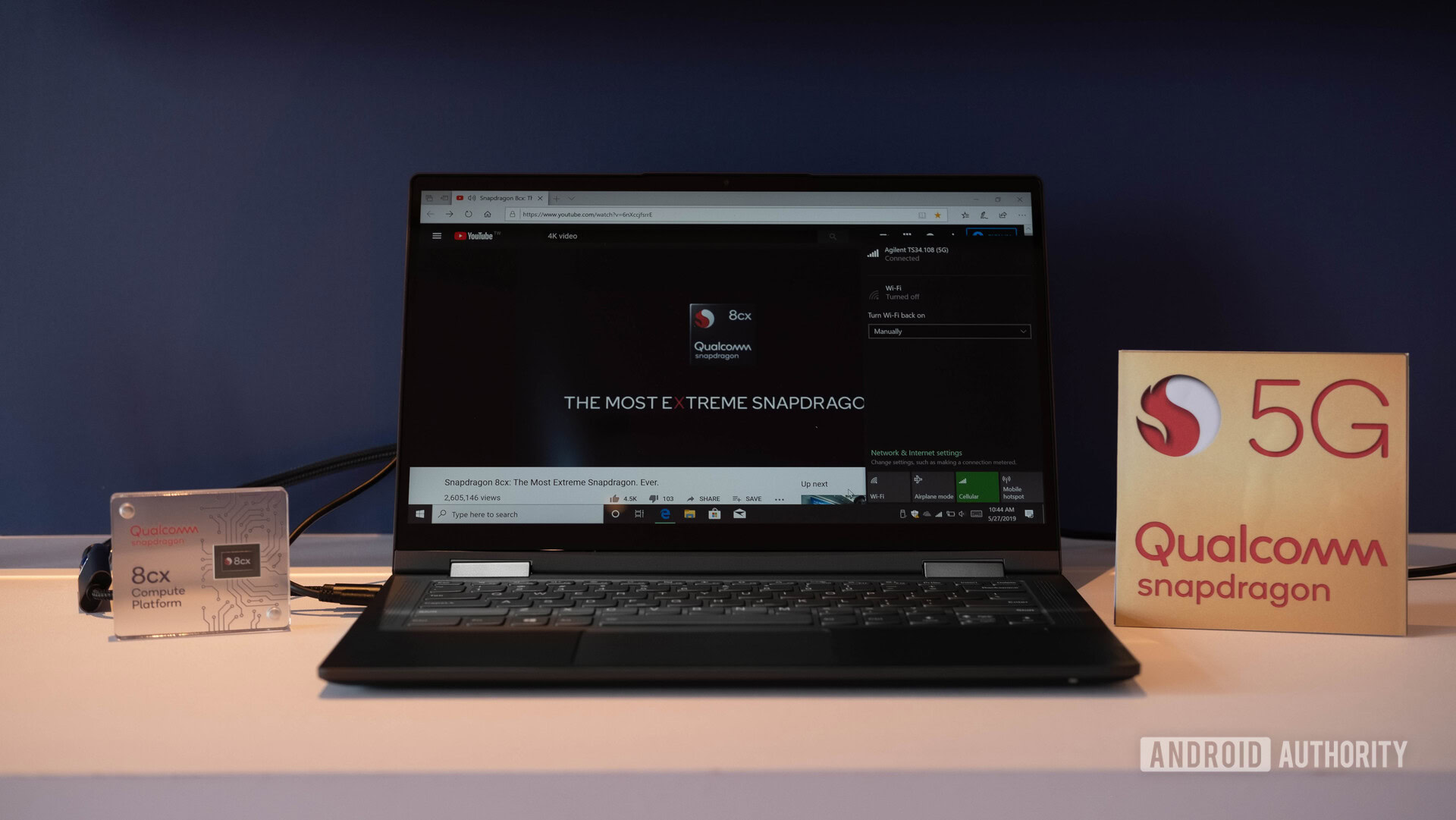
Setting performance figures aside for a moment, it’s also worth discussing Qualcomm’s second-biggest barrier to mainstream adoption: value. Even though last year’s Snapdragon 8cx Gen 2 fell behind the Apple M1, it competed in a similar price bracket — if not one step higher. For some context, the base variant of the 2020 Macbook Air with Apple’s M1 chip and 8GB of RAM starts at $1,000.
The Galaxy Book Go was the cheapest 8cx Gen 2 device at $799, but came with 4GB of RAM — decidedly insufficient for a modern Windows device. The Surface Pro X, meanwhile, used a modified version of the 8cx Gen 2 but started well above $1,000. Finally, the Acer Spin 7 retails at $1,500, but at least it offers an onboard 5G modem to justify its higher than typical price tag.
Snapdragon-powered Windows portables are far from the best value today, especially considering the Apple M1's low price of admission.
Besides price, one also can’t help but notice the lackluster I/O on Snapdragon-powered Windows devices released so far. None of the aforementioned devices offer Thunderbolt, for instance. Qualcomm extols the virtues of robust connectivity through its support for 5G and emerging standards like Wi-Fi 6E. Yet, simultaneously, you’ll be hard-pressed to find similarly priced competitors with such sparse I/O or limited memory configurations.
All in all, Qualcomm’s performance shortfall against the Apple M1 and even other x86 chips from Intel and AMD wouldn’t be so much of a concern if the Snapdragon chips managed to undercut these offerings. However, that hasn’t happened in the past and likely won’t in the near future either.
So is the Snapdragon 8cx Gen 3 dead on arrival? Not quite, but it’s definitely going to take a compelling device (and an accompanying use case, perhaps) to propel it to success. Right now, all the platform stands to offer is similar performance to x86-based laptops. Slightly longer battery life than its direct rivals and mmWave 5G support are not worth a premium to many.
2022 probably isn’t the year of Arm on Windows
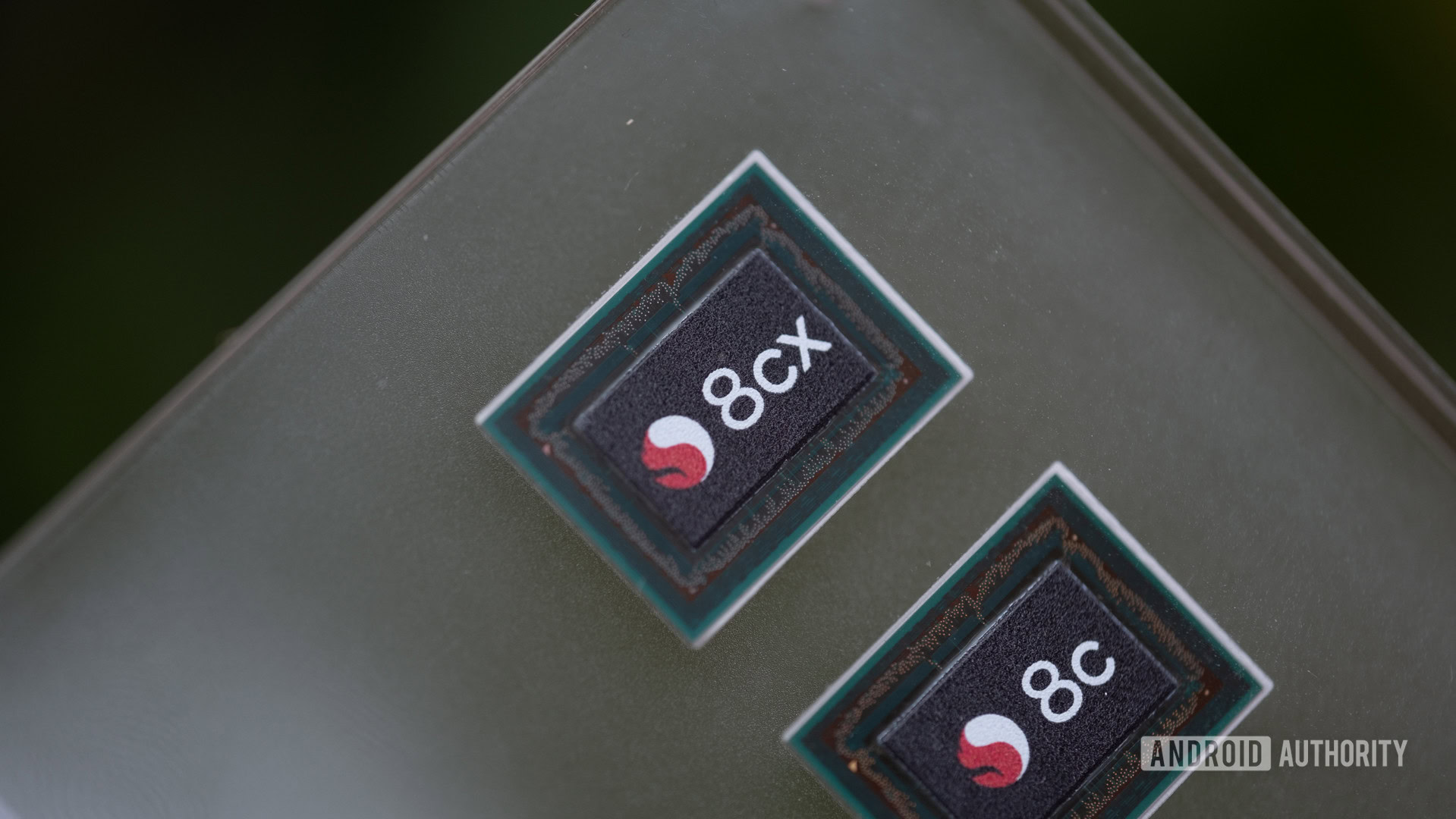
The Snapdragon 8cx lineup first launched in 2019 — beating Apple’s Arm transition announcement by a whole year. Windows on Arm has been around for even longer than that, with the first few devices sharing Qualcomm’s mobile SoCs such as the Snapdragon 835.
While many of us have been rooting for Microsoft and Qualcomm, it wasn’t until this year that the Windows on Arm platform began getting serious attention. Microsoft finally added 64-bit app emulation to Windows 11 this year, making Arm devices fully compatible with older, non-native software.
Apple’s transition away from x86 has also inadvertently helped Windows’ efforts, with many third-party software developers scrambling to develop Arm-native versions of their applications in time for M1’s launch.
In other words, Windows on Arm is reaching the point where the vast majority of casual and business users will not notice anything amiss. However, that’s only the software side of things. With Microsoft reportedly engaged in an exclusivity deal with Qualcomm, the Snapdragon 8cx Gen 3 will be the only high-end Arm-based chipset in Windows laptops for the foreseeable future. If this deal does end next year as rumored, we may finally see competition in the space and, hopefully, a broader push towards Windows on Arm in 2023.
Windows on Arm has improved considerably in 2021, but hardware is still playing catch up.
Around the same time, we should also get our first glimpse at Qualcomm’s plan to compete against Apple Silicon in earnest. Earlier this year, the company acquired Nuvia and its long list of talent comprising ex-Apple and Google silicon designers and leadership.
Qualcomm said that we can expect the results of this endeavor, in the form of a new custom microarchitecture, to enter testing sometime in the second half of 2022. That lines up perfectly with the next Snapdragon Tech Summit, which means we could finally see a measured response to Apple Silicon by early 2023.
In summary, even with 8cx Gen 3’s performance gains, 2022 probably won’t be the year of Windows on Arm unless OEMs come in with some stand-out designs. However, there’s plenty to be excited about, as competition from Intel and Apple should compel Qualcomm to do even better next time around.
